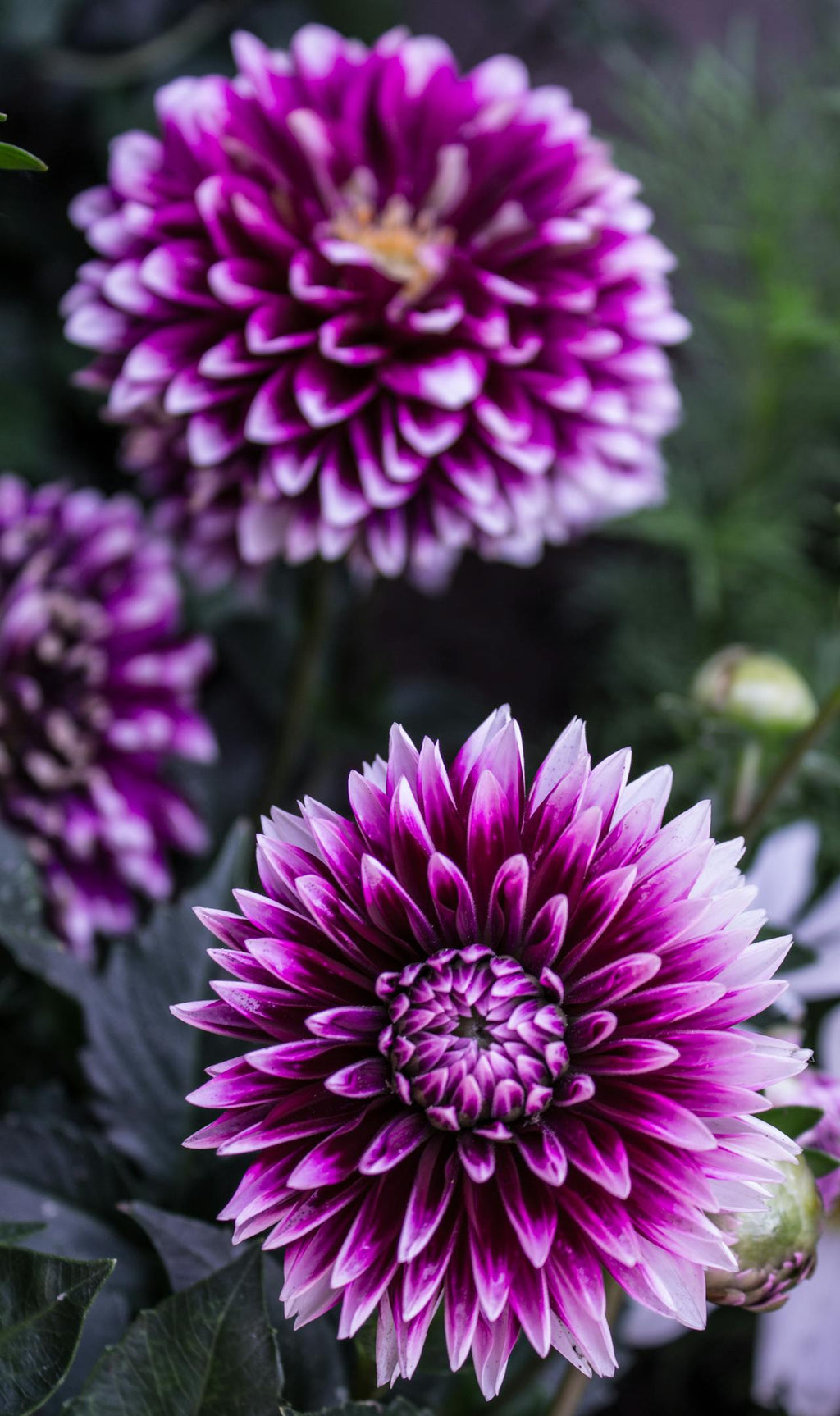Flowerbee Florist looks into the fascinating world where mathematics and floral artistry intertwine. We’ll explore the mathematical principles underlying flower arrangement, from petal symmetry to the mesmerizing Fibonacci sequence.
1. Petal Symmetry:
- Radial Symmetry: Imagine a flower where each petal grows equally from a central axis. This arrangement is called radial symmetry. For instance, the pink petals of a flower encircle a red central bud, creating a harmonious pattern.
- Bilateral Symmetry: Some flowers, like lavender or heather, exhibit bilateral symmetry. Their petals can be cut in equal halves down the center of the stalk. Irregular flowers, such as orchids, also follow this pattern on at least one plane of symmetry.
2. The Fibonacci Sequence:
- The Fibonacci sequence (0, 1, 1, 2, 3, 5, 8, 13, 21, 34, 55, 89, 144…) is a mathematical marvel. It was first documented in 6th-century India.
- The basic principle: Add the two preceding numbers to get the next number (e.g., 0 + 1 = 1, 1 + 1 = 2, 1 + 2 = 3, and so on).
- When graphed, this sequence forms a golden spiral. The golden ratio (approximately 1.618) underpins this spiral, appearing in plants, shells, galaxies, and more.
- In nature, the Fibonacci sequence influences everything from sunflower seed arrangements to nautilus shells. Even the family tree of bees follows this pattern: A male bee has 1 parent, 2 grandparents, 3 great-grandparents, 5 great-great-grandparents, and so on.
3. Golden Ratio in Flowers:
- The golden ratio (represented by (1 + √5)/2 ≈ 1.618) contributes to the beauty of flowers. It’s an irrational number, meaning it’s not a simple ratio.
- Flower petal placement, leaf arrangement, and seed distribution all align with the golden ratio. We find flowers captivating precisely because of this mathematical harmony.
4. Efficient Growth Patterns:
- Plants adopt growth patterns that maximize efficiency. For instance:
- Sunflower seeds pack into tight spirals, with each seed growing at an angle of approximately 137.5 degrees from the last. This ensures maximum seed density.
- The emerging fronds of a silver fern follow an efficient pattern.
- Pine cones, too, exhibit mathematical secrets in their stunning leaf arrangements.
Floral design, like any art form, relies on mathematical principles. Proportion, balance, rhythm, and unity—all guided by mathematics—create captivating arrangements. So, the next time you admire a bouquet, remember that hidden within its petals are intricate mathematical secrets waiting to be discovered.



